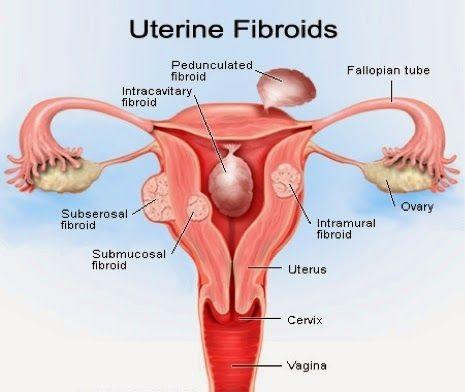Nampijja Susan
The Baita Ababiri market, popularly known as the “Kyeekabaale market,” has witnessed significant price fluctuations in food and vegetables in recent times. Retailers attribute the high prices to their purchasing costs, while wholesalers cite import taxes and other expenses as the reason for the hikes.
Juan Susan, a vegetable retailer, notes that the price of tomatoes has increased from 35,000 shillings to at least 40,000 shillings per basin. “This affects our trade line both positively and negatively,” she explains. “The higher the wholesale prices, the more we gain as retailers, but small-scale vendors struggle to keep up.”
Mugwaanya Ben, a tomato wholesaler, defends the prices, saying, “Most of our good tomatoes are imported from Kenya due to their superior quality. We can’t sell them cheaper without incurring losses.” He emphasizes that import costs and taxes contribute to the high prices.
Kamya John, a banana wholesaler, explains that prices have risen due to additional costs such as transportation, harvesting, and payments to garden owners. “We’re now selling a good bunch of cooking bananas at 25,000 shillings,” he says. “It’s challenging for us to make a reasonable profit, unlike during banana season when everyone benefited more.”
According to global trends, food prices are influenced by factors like agricultural production, market demand, and inflation. In low-to-middle-income countries, producers typically benefit from higher food prices, while consumers benefit from lower prices.¹
The price fluctuations at the Baita market are expected to stabilize when the seasons normalize, making food more affordable for consumers. Until then, retailers and wholesalers will continue to navigate the complex web of food pricing.


















Discussion about this post